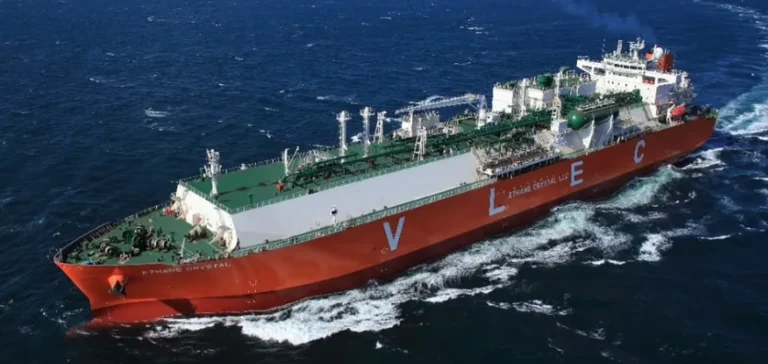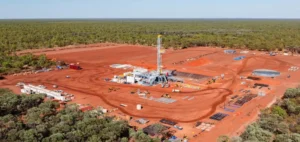U.S. ethane exports are expected to grow by 14% in 2025, followed by a 16% increase in 2026, according to the latest projections from the U.S. Energy Information Administration (EIA). This sustained pace is the result of major investments in port infrastructure and the global petrochemical industry’s growing reliance on this hydrocarbon extracted during natural gas processing.
Expansion of U.S. terminals and new capacity
Several large-scale projects have strengthened U.S. ethane export capacity in 2025. Energy Transfer commissioned its Nederland terminal in Texas, capable of exporting 250,000 barrels per day (b/d) of either ethane or propane. The company also plans to increase the capacity of its Marcus Hook site in Pennsylvania by 20,000 b/d by the end of 2025. In parallel, Enterprise launched the first phase of the Neches River ethane terminal, also in Texas, with an initial capacity of 120,000 b/d. A second phase, expected in early 2026, will add another 180,000 b/d.
These developments have already increased U.S. ethane export capacity by 16%. Once the second phase of the Neches River terminal is completed, capacity will rise by an additional 21%, consolidating the U.S. position as the only country capable of exporting waterborne ethane.
Strong but uncertain Chinese demand
In 2024, China accounted for 47% of U.S. ethane exports, driven by the commissioning of new ethylene crackers and the conversion of existing units. Wanhua Chemical completed construction of a second cracker in Yantai, capable of using both ethane and naphtha, and began converting its original unit to run exclusively on ethane.
However, uncertainties are emerging for 2026. Two Chinese projects have been delayed and may switch to naphtha feedstock. A temporary notice from the Bureau of Industry and Security in May required U.S. exporters to obtain a special license to ship ethane to China. Although the requirement was lifted in July, it introduced a notable regulatory risk.
European demand centred on INEOS project
Europe will also strengthen its ethane supply with the launch of the Project One cracker in Antwerp, Belgium, scheduled for the third quarter of 2026. Developed by INEOS, the site will have a capacity of 80,000 b/d, making it the largest on the continent.
At the same time, maritime logistics is adapting to the growth of ethane trade. Eastern Pacific Shipping ordered six Ultra Large Ethane Carriers (ULECs), each with a capacity of 1.5 million barrels. These ships will be built in China and delivered in 2027. Ten Very Large Ethane Carriers (VLECs) have also been produced in Chinese shipyards, accounting for 25% of the global fleet.
The implementation of tariffs on Chinese-built vessels, announced by the U.S. Trade Representative for October at around $2 million per voyage, adds a new layer of uncertainty for bilateral trade between Washington and Beijing.






















